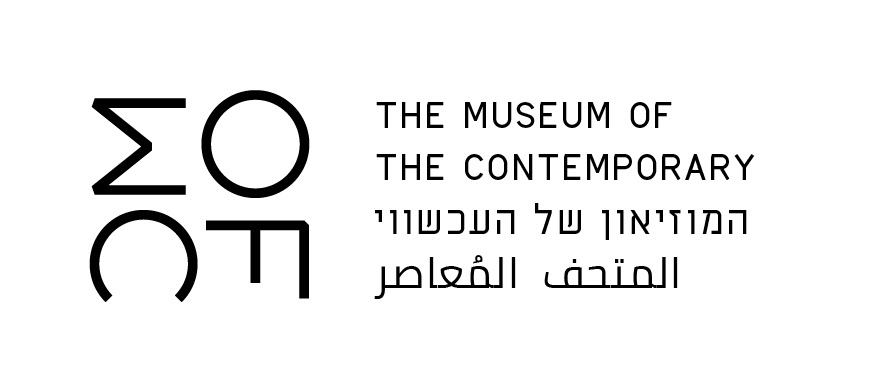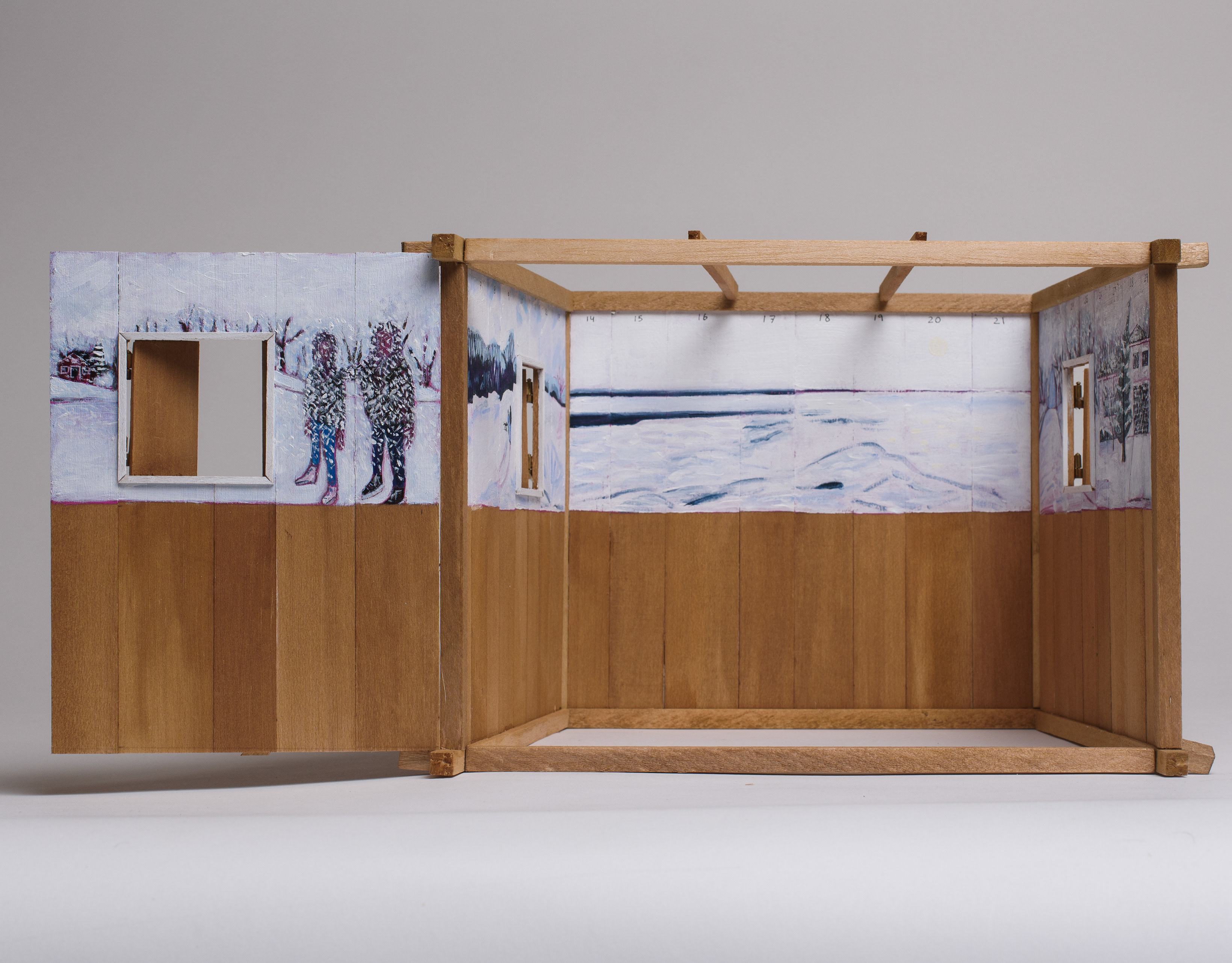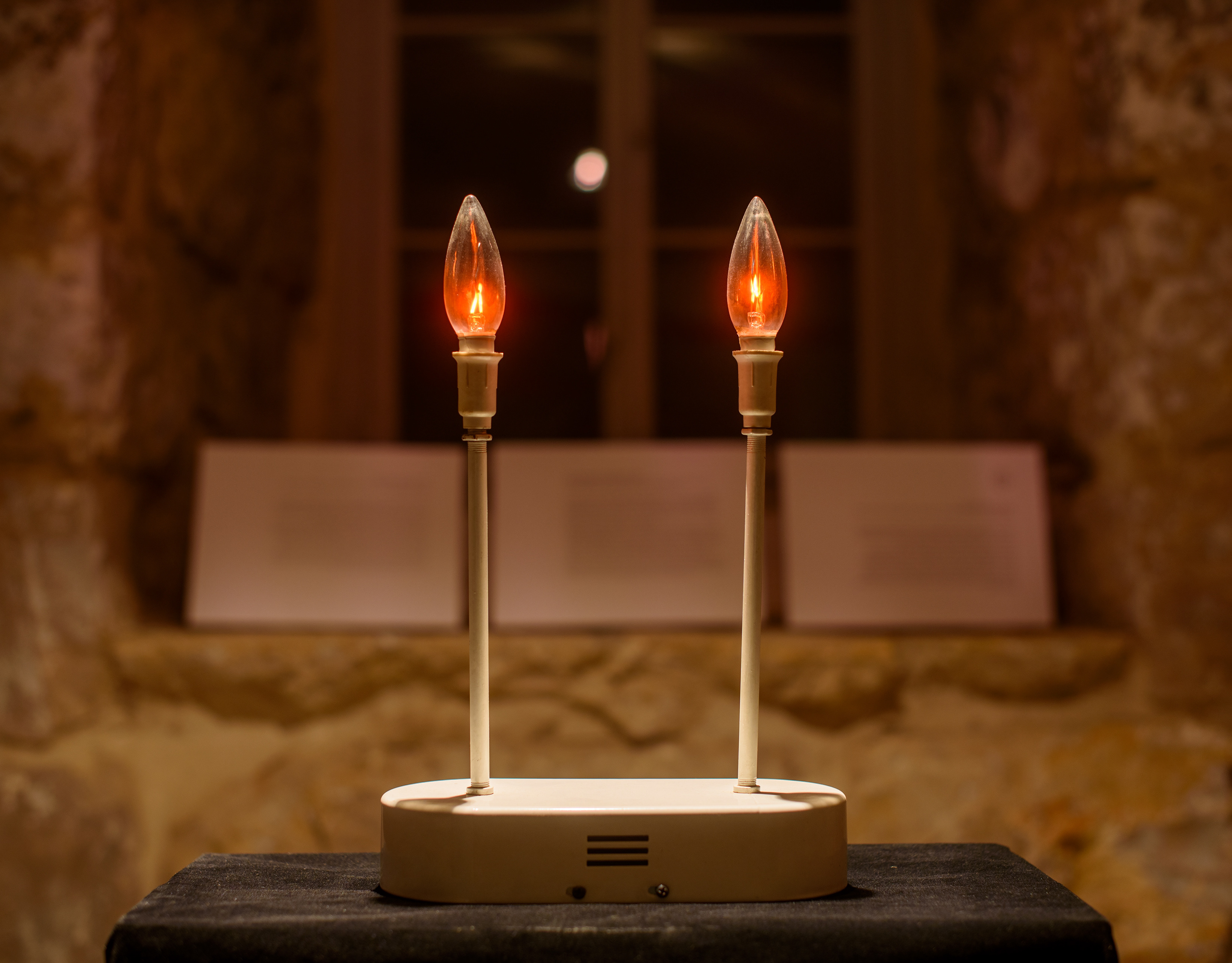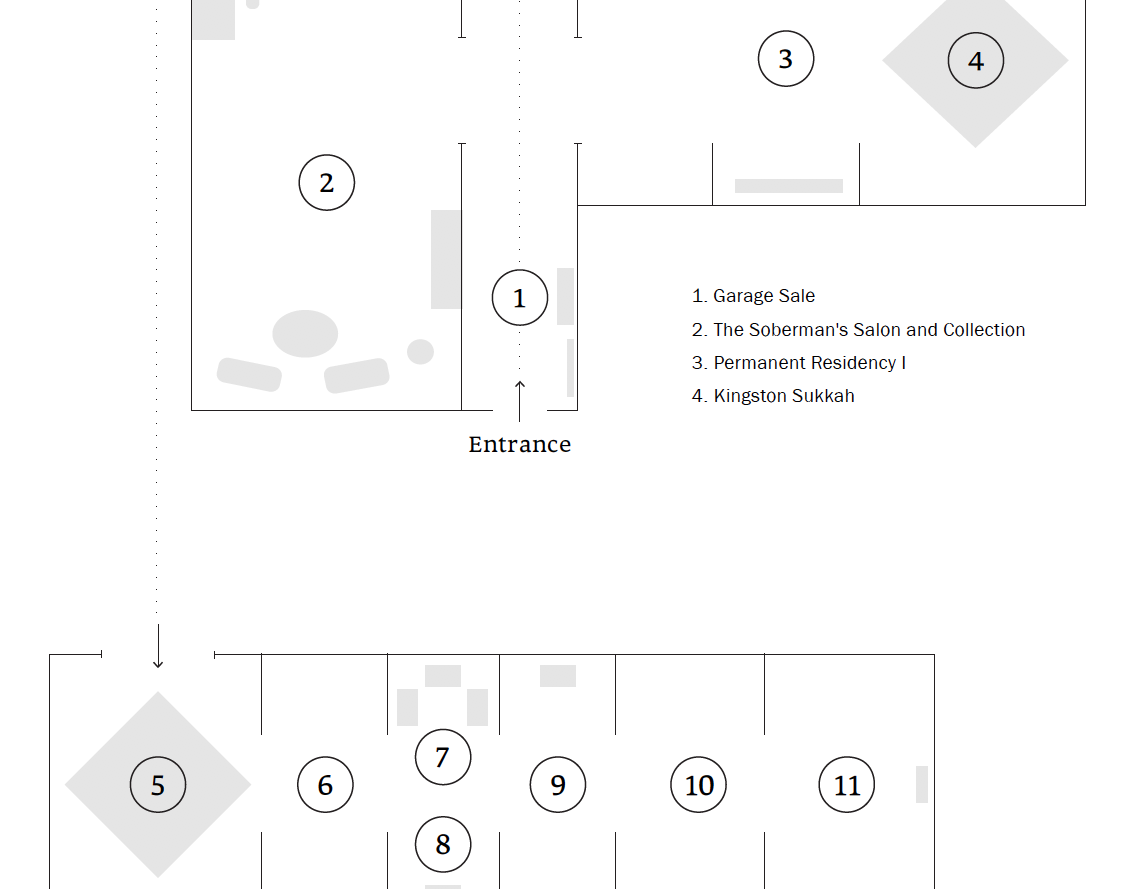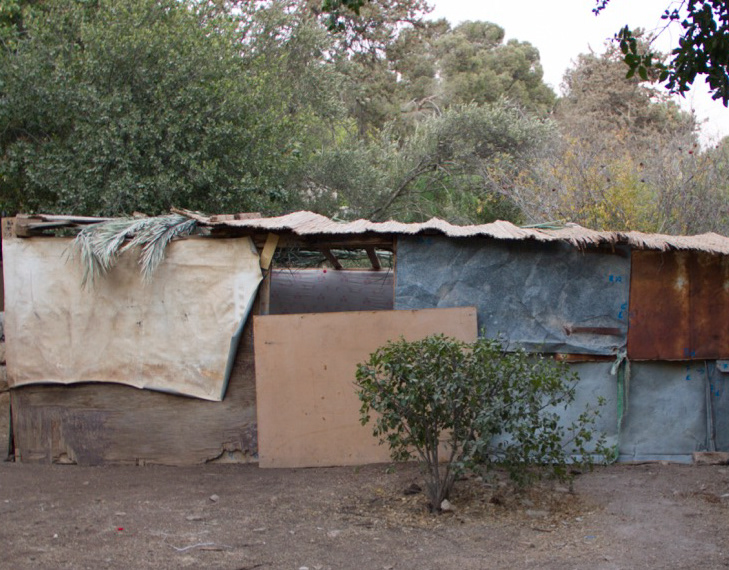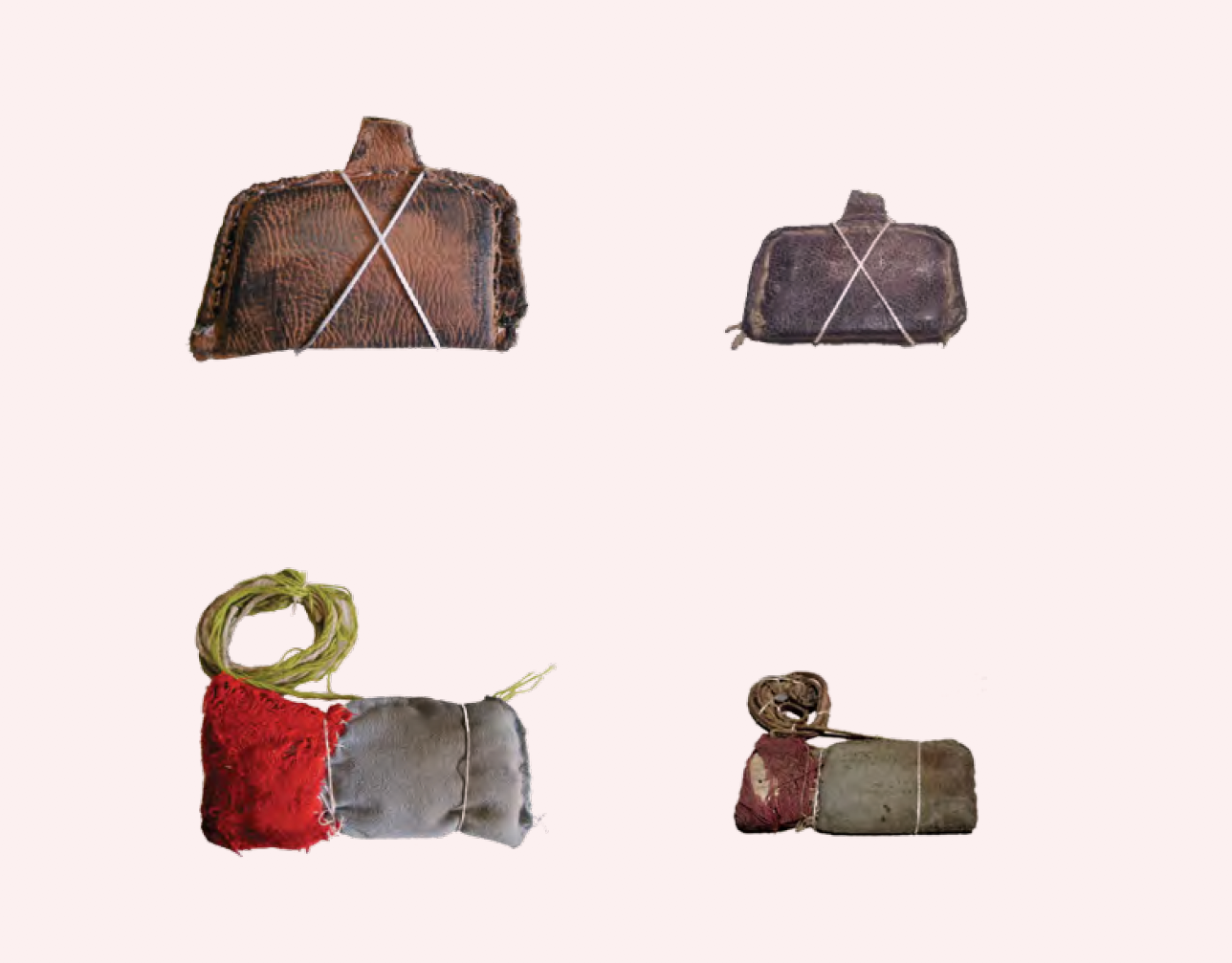MofC has been established at the Hansen House, the former Jerusalem Leprosarium, in 2013.
The Leprosarium Jesus Hilfe (“Jesus’ Help”), founded as an isolated refuge for lepers, was established in 1867 by the German Protestant Moravian community in Jerusalem. For twenty years, it was housed in a building located on what is now Agron Street. In 1887, the leprosarium moved to a new building designed by Conrad Schick in the Talbiyeh neighborhood.
“High walls enclose and hide the structure built in a secluded locale, far from the walls of the Old City. The public’s fascination with the place generated countless stories about the goings-on inside,” reads the informational page about the historical exhibition presented in the former hospital. Until 1948, most of the patients were Arab Muslims, while the nurses were Christian. Tawfiq Canaan, a Palestinian Christian, was the chief physician from 1919 until 1948. In charge of all medical and research issues as well as external relations, Dr. Canaan would visit the leprosarium once a week.
Once the State of Israel was established, Dr. Canaan either left Jerusalem of his own volition or was expelled from the city. According to Salim Tamri, Dr. Canaan took the Arab patients out of the hospital and moved with them to Silwan, where they remained until he eventually set up a leper hospital north of Ramallah. According to the records of the Moravian nurses Johanna Larsen and Ida Ressel, they led fifteen patients to Silwan in 1953 and stayed with them until the leprosarium north of Ramallah opened on June 12, 1960. Either way, the fact that the leper population in the hospital switched from Muslim majority to Jewish majority was a political phenomenon, packing a metaphoric punch in terms of the politics of segregation.
In 1950, the Jewish National Fund bought the leprosarium and transferred its administration to the Israeli Health Ministry. Its name, Leprosarium Jesus Hilfe, was changed to Hansen Government Hospital, in honour of the Norwegian physician who identified the leprosy-causing bacterium. Once antibiotic treatment became available and its success rate increased in the second half of the twentieth century, most of the patients were gradually released. The in-patient wing closed in 2000; the hospital continued to operate as an out-patient clinic until the hospital’s final closure in 2009, the year that the Israeli government decided to transfer the building’s ownership to the Jerusalem municipality for renovations in preparation for turning it into a cultural center. When the site opened at the end of 2013, it again changed its name to be known simply as Hansen House, as if the spirit of science replaced that of Jesus. Today, Hansen House is an art, design, and technology campus, revealing to visitors one of the most beautiful buildings in the city as well as its mysterious past. The campus houses the Master’s program of the Bezalel School for Art and Design, exhibition spaces, screening rooms, the offices of the online cultural journal Erev Rav, Mamuta Art and Research Center, and the Museum of the Contemporary.
